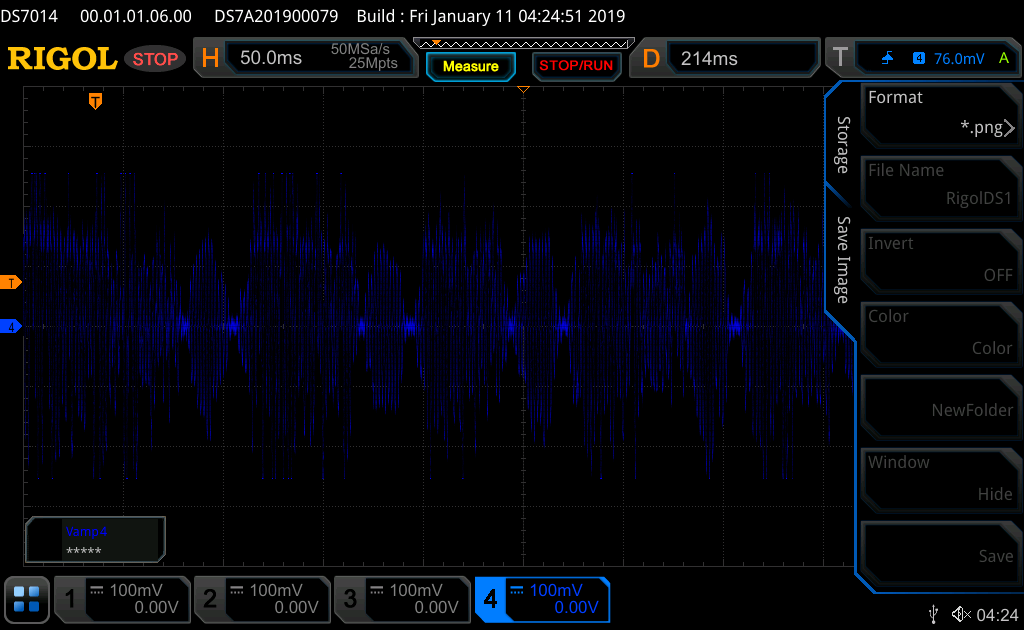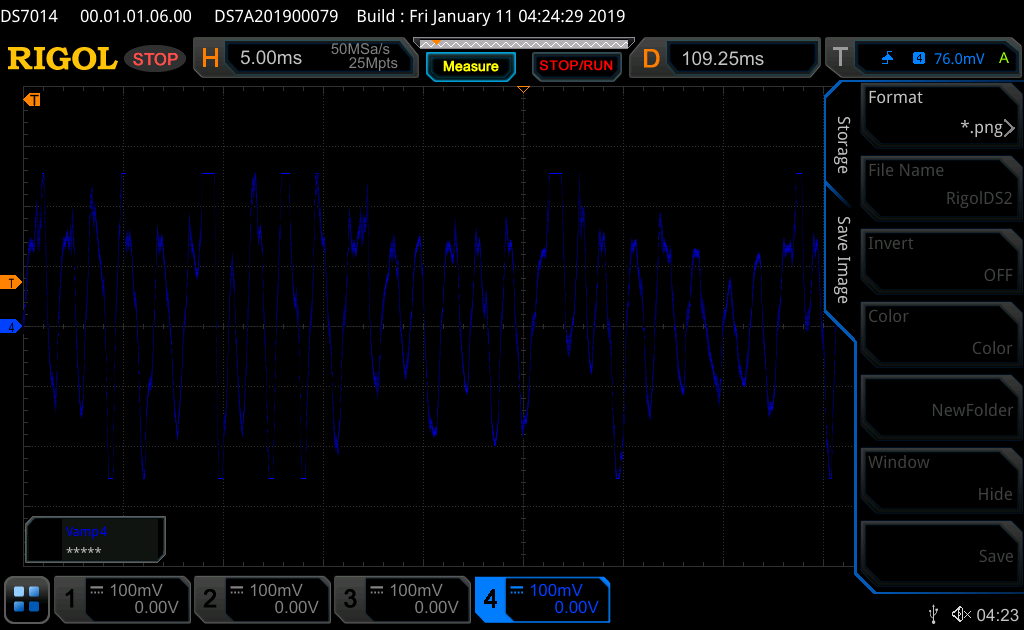Other Parts Discussed in Thread: MOTORWARE
Tool/software: Code Composer Studio
Hello, how are you? I need your help because we are having problems trying to spin a motor correctly.
This is our configuration:
-
Eval. Board: DRV8301-HC-EVM Rev D
-
Embedded Board: TMDSCNCD28069MISO
-
Motor: PMSM type, 7 pairs of poles, 700 kV
-
Power Supply: 12V
We have set the user.h file according to the information provided by the InstaSPIN Projects and Labs User’s Guide, the "motorware_selecting_user_variables" spreadsheet and the comments found in the firmware. But there we found some contradictory data and we have several doubts.
Specifically, the issue is that the motor can not spin as fast as we need (more than 6 krpm) because the IDE crashes. And by using another set of parameters, the issue is that there is no relationship between the set speed and the actual speed. Here I attach both user.h files (user_R & user_L).
Thank you very much.
Regards,
Luciano



